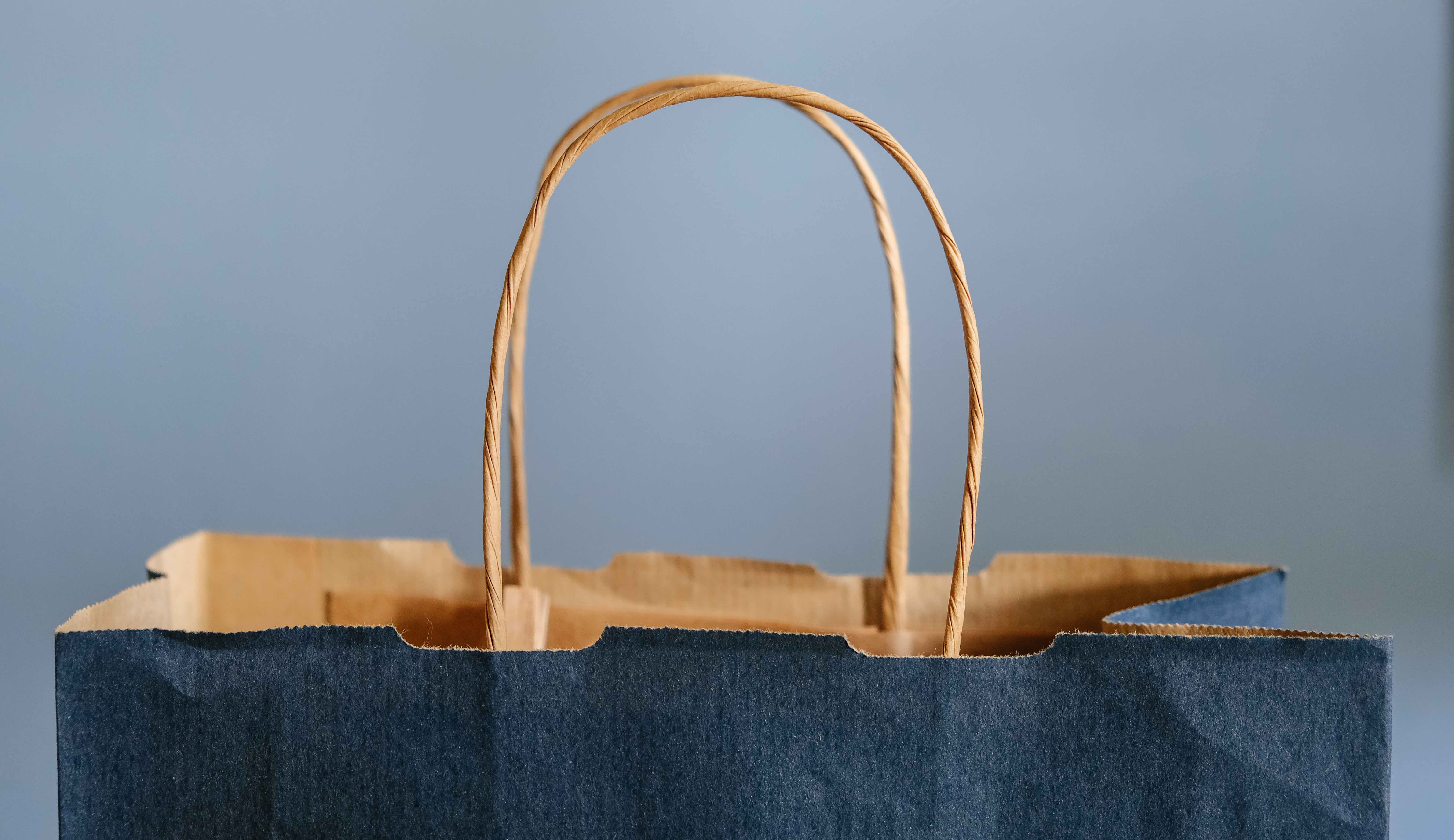One of the many things I expect to witness (and may even join in, with a considerable amount of guilt) once the lockdown is lifted is a post-coronavirus shopping spree.
Hints can be found all over the internet. Everyone is secretly planning to treat themselves, to compensate for all the restraint that was imposed on consumption by the global pandemic.
Online shopping sites are constantly inviting us with discounts, influencers are giving us a look into their private lives – or in other words, all the things they have and we don’t – and keep telling us how we can improve our lives with new hobbies, DIYs and décor ideas that would all require us to buy everything from pins to pots to entire paint shops.
Advertisements try to convince us that clothing lines specifically designed for work from home or work out at home actually exist. Many folks have done more makeup or grooming in the past one month than the rest of 2020 combined simply because after scrolling through 50 tutorials, one can’t really not give a try. Also, isn’t it a valuable asset for the post-quarantine socialising? A lingerie brand even told me to keep diligently wearing a bra, against the impulse not to, as perkier breasts will come in handy once socialising begins. What all we do in anticipation of those days!
An often-repeated bit of advice to cope with quarantine living is to declutter aka Marie Kondo your life. The subtext of at least a few of them reads: “Declutter your shelves so you can hoard new stuff.”
Considering the increased amount of time we spend on the internet, doing gymnastics around marketing, it truly is time for us to rethink our patterns of consumption. Do we really need what we buy? It is not easy to say especially since ‘need’ is an elusive idea when it comes to items beyond the basics.
For me, a better question to ask is: what do we get from buying something?
Also read: The New Norm for Buying Groceries
Often, our excuse to hoard things is a desire for the beautiful. We buy things to make ourselves beautiful, to make our homes beautiful or simply because the object looked beautiful itself. For every daily-use items, we do not mind paying a bit more to get it in a beautiful colour or package.
Some things appeal to us and some don’t. We forget that our ideas of beauty are constantly shaped by the images we encounter in an ever-increasing number online, which have an impact that we fail to notice. Most of us are embarrassed of things in our life that don’t fit the standards seen on the internet. We strive to improve at any cost.
Our aesthetics become overpriced – and at times, only for momentary happiness.
So, what should we turn to instead? I don’t know if some transcendental ‘true’ beauty of life exists. I believe, as subjective and obscure as it can ever be, beauty indeed lies in the eyes of the beholder. If Van Gogh found a pair of dirty shoes and a rather plain looking room worth painting, who can say I need a new curtain?
Beauty doesn’t have to be deliberate, prescriptive or expensive. Since we are going through times when it is impossible to shop in the ways many would have liked, maybe we can finally learn that everything needn’t look beautiful to be experienced as beautiful.
Maybe we can learn to overlook those really ‘beautiful’ images on the internet. Maybe we can come out of the lockdown with an aesthetic that doesn’t subscribe to any standards – and most importantly, one that doesn’t cost a fortune.
Angela Sebastian is an MA student at Central University of Kerala.
Featured image credit: Lucrezia Carnelos/Unsplash

